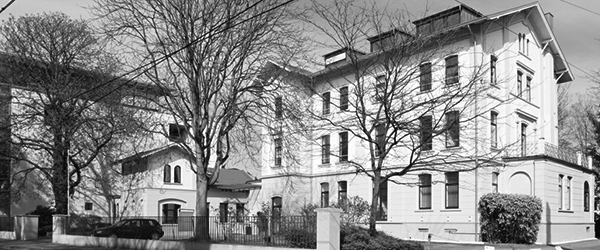ABOUT US
About the Sustainable AI Lab
Sustainable AI can be understood as having two branches; AI for sustainability and sustainability of AI. In order to fully understand the benefits and risks of AI, it is important to investigate both of these branches. While there is a growing number of publications directed towards AI for the Sustainable Development Goals, there is little research addressing the, often hidden, environmental costs of AI.
For this reason, the Sustainable AI Lab creates a space for a group of excellent researchers of different fields to work, collaborate and exchange ideas on the environmental, social and economic costs of designing, developing and using AI across society. The questions to be explored span across multiple disciplines and levels of analysis, for example: the normative grounding of the value of sustainability; the strength of the concept of sustainability; how to measure environmental costs of AI; understanding the intergenerational impacts of AI; and, informing public policy guidelines for the green, proportionate and sustainable development and use of AI.
Within the Lab, we are doing project-based research with a multi-stakeholder perspective. The lab is diverse, inclusive and international and the projects are internally and externally driven. The principles of the Lab are highly connected to the Alexander von Humboldt Foundation’s mission to strengthen Germany as a hub for international AI research.
Learn More

About this website
The website of the Sustainable AI Lab is taking the Sustainable Web Design Principles into account. This will evolve over time and is expressed in visual frontend and technological backend.
Clean:
We have made a conscious effort to choose a sustainable web hosting service. Our provider is HostEurope who promise: “Our data centres in Cologne and Strasbourg are operated for maximum energy efficiency with renewable electricity. The datadock in Strasbourg is Europe's greenest data centre.”
Efficient:
In designing our website, we took measures to minimize energy consumption of our servers and of end users’ devices. We chose dark colors to reduce energy demand of screens. Graphics are kept simple by using only two colors and photos are displayed in grey-scale and have been compressed to ensure minimal file size.
Open:
We are open about both our principles and their tangible consequences. We publish the transfer size of our page in kilobytes for a first visit. We explicitly refer to the Principles of Sustainable Web Design. We hereby raise awareness for the possibility of designing websites in a more sustainable way. By making our efforts transparent, we hope to inspire others.
Honest:
On our website, we transparently inform the visitors about who we are and what we do. By keeping its design minimal, we intend to make it as easy as possible for visitors to find the information they are looking for, thus reducing the time they need to spend on our page. We keep our website’s structure as concise as possible.
Regenerative:
While our website does not directly support an economy that nourishes people and planet, we hope that the information we publish does. By sharing our expertise, knowledge, and work publicly, we hope to have a regenerative impact.
Resilient:
By keeping page weight low, we facilitate access to the information we provide, even in the circumstance of low bandwidth.
